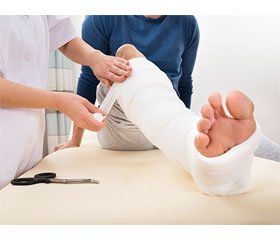Журнал «Боль. Суставы. Позвоночник» 1 (21) 2016
Вернуться к номеру
Dysmobility syndrome: the future of fracture risk reduction
Авторы: Binkley N. - University of Wisconsin Osteoporosis Clinical Research Program, University of Wisconsin School of Medicine and Public Health, Madison, Wisconsin, USA
Рубрики: Ревматология, Травматология и ортопедия
Разделы: Медицинские форумы
Версия для печати
The article was published on p. 67
Falls and fractures increase with age, and adversely impact independence and well-being of older adults. Both sarcopenia and osteoporosis contribute to falls/fracture risk; because of this, the term osteosarcopenia has been suggested. However, other factors, e.g., obesity, is also a risk factor for falls and fractures. As such, even osteosarcopenia is not adequately inclusive of a term. Indeed, rather than focusing on each condition individually, an opportunity exists to combine clinical factors to potentially improve identification of older adults at risk for falls and fractures. Our group has termed such a combination «dysmobility syndrome». Within such a conceptual framework, dysmobility syndrome becomes analogous to metabolic syndrome, i.e., a group of conditions that lead to increased risk for adverse health outcomes; vascular disease for metabolic syndrome, falls/fractures for dysmobility syndrome. To summarize, «osteoporosis-related» fractures are not solely due to osteoporosis, but rather the result of a complex geriatric syndrome with multiple inputs (e.g., sarcopenia, osteoporosis, obesity, diabetes, etc.) Whether this syndrome ultimately comes to be called dysmobility syndrome is irrelevant; it is the concept that is important. Reducing fracture risk, and thereby maintaining independence and quality of life for older adults, requires focus on the entire individual, not simply the parts. Such an approach is certainly the future of «osteoporosis» care. There is no reason that today’s knowledge cannot or should not be applied now.

